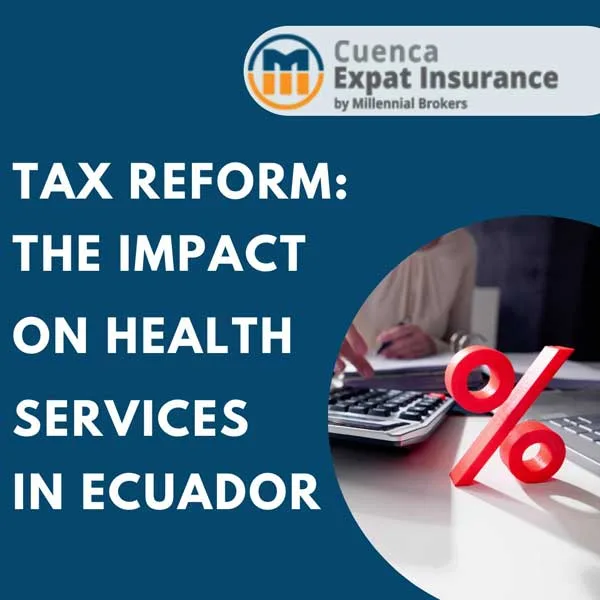How juicing Is overrated
Juicing. It seems like an ideal way to lose weight and get healthy, right? After all, you’ve seen that babe holding a glass of juice, a tape measure conspicuously draped around her impossibly tiny waist. Maybe you’re tempted by the caption that guarantees that by juicing, weight loss will be ‘easy’, or‘amazing’, or even ‘miraculous’.
Here in Cuenca, don’t be surprised to see these ads on local TV, in español, of course.
Wouldn’t it be great if you could “juice” your way to a size six, without hunger, without dieting? Wouldn’t it be great to get those recommended nine servings of fruit and veggies in just one glass, not worry about the calories, and drink yourself thin?
 Don’t get me wrong. I’m not saying 100% juice is an unhealthy food; what I’m saying is that juice is processed food, and juice won’t deliver as advertised.
Don’t get me wrong. I’m not saying 100% juice is an unhealthy food; what I’m saying is that juice is processed food, and juice won’t deliver as advertised.
Why Fiber Facilitates Health
There is a difference between juicing and blenderizing fruits and vegetables. With juicing, important health benefits are tossed in the garbage, namely the pulp and fiber.
There are two types of fiber, soluble and insoluble. Most plant foods contain both types – both have health benefits, ranging from better digestion and lower risk for heart disease to lower risk of certain cancers and inflammation.
Studies show that soluble fiber is especially important for gut health and weight management, and passes through your digestive tract to nourish your friendly bacteria, known as a prebiotic effect.
Weight-wise, fiber fills you up whereas drinking juice has no impact at all on your appetite.
Article continues below the graphic.
 Many say blenderizing (liquefying foods) is better, because you retain the pulp, but there are health benefits lost — more about that later.
Many say blenderizing (liquefying foods) is better, because you retain the pulp, but there are health benefits lost — more about that later.
Digestion starts in your mouth.
We underestimate the value of chewing. Starting in your mouth, mechanically breaking down larger particles of food into smaller particles helps your stomach absorb nutrients, and chewing stimulates release of digestive enzymes in both the mouth. Saliva also contains essential digestive enzymes, as does the stomach — and the act of chewing triggers hydrochloric acid production to speed up the digestive process.
Without chewing, the whole mess lands in your stomach, which now has to work overtime to absorb the overload.
For example, consider how many oranges it takes to make just one 6-ounce glass of juice? Depending on the size and juiciness of that orange, you might need four, five…or more. Would you peel and eat more than even one or two at one sitting?
Why do they give people with diabetes orange juice when their blood sugar gets too low?
Juice shoots your blood sugar up quickly — and then it drops down — just as quickly. But the fiber in whole fruit mediates the blood sugar response.
Blending Vs. Juicing
But you may have invested in one of those “turbo blenders” like a Vitamix or Ninja that quickly pulverize whole fruits and vegetables. Since blending does not destroy fiber, yes, it’s better than a juicer, where you throw the pulp away.
But consider how much raw produce you use to create one glass of blended juice? If a cup of raw kale is one serving, how much do you use in your smoothie? Two, three, four cups…or more? Daily?
 All vegetables are rich in different types of micronutrients, and in portions typically consumed they are healthful. However, more is not always better.
All vegetables are rich in different types of micronutrients, and in portions typically consumed they are healthful. However, more is not always better.
All greens contain minute amounts of naturally occurring substances that protect the plant. Spinach is rich in oxalic acid – too much could exacerbate kidney stones in susceptible people. Kale and other brassicas contain goitrogens, micronutrients that eaten in excess can interfere with thyroid hormones. Too much is not recommended. These substances are largely deactivated when cooked, a good reason to lightly steam or sauté in olive oil, instead of drinking mass quantities daily.
So, if you enjoy a blended smoothie, instead of blending the same vegetables and fruits every single day, mix it up — especially your greens. And remember, by blenderizing your produce, you’re taking in more nutrients than your body can use, so you’ll (hopefully) excrete the excess.
If you’re throwing the whole fruit into your blender, yes, you’ll get the fiber, but beware; some fruit seeds and skin are not meant to be eaten.
For example, apple seeds contain amygdalin molecules, which produces cyanide. Consuming lots of appleseeds often causes stomachache or even worse. The skin of the cherimoya fruit and its seeds are toxic — the seeds have been used for insecticides and eating the skin can induce paralysis for 4-5 hours.
Variety is the spice of life — in all things. Since kale and bok choy are in the same brassica family, rotate your choices to include arugula, or chard, or beet greens. Check out the vegetables with the highest amount of fiber here.
Fasting Fallacies
Ignore the recommendation for “juice fasts”, “detoxes”, or other pseudo-medical abstractions designed to lighten your wallet. I’ve seen ads for “retreats” or juicing regimens proclaiming “rejuvenation” by “detoxing” the digestive track.
 Well, I’m not a religious person, but the human body is one darn amazing machine that daily performs miracles of chemical and biological processes. You’re not going to undo a lifetime of poor eating in seven days — and your body needs the right balance of nutrients and nutrition to perform … every single day.
Well, I’m not a religious person, but the human body is one darn amazing machine that daily performs miracles of chemical and biological processes. You’re not going to undo a lifetime of poor eating in seven days — and your body needs the right balance of nutrients and nutrition to perform … every single day.
I like to use analogies with my clients – what’s your dream car? A Dodge Dart or a high-performance sports car? Fuel your engine as if it were a Ferrari. We’re designed to chew and swallow, not merely sip.Your engine can’t run properly by excluding whole groups of nutrients, namely protein and fat. And it’s absolutely not necessary.
Fuel up with whole, fresh foods, avoid processed foods, and drink water — your body will detoxify itself! That’s why we have a liver, kidneys, lungs, and intestines — to naturally digest, absorb, and detox daily.
Try this simple “detox” plan for a week and see if you don’t feel great — just by eating naturally, and not overeating. Eat fruits, vegetables, whole grains, legumes, nuts and healthy fats from plant and/or lean animal sources. Drink water, or herbal or black tea, all shown to help your engine run optimally.
Wash all produce (even pre-washed) before you eat it, including fruits and vegetables that you will peel (bananas, pineapple, carrots). If you can buy organic, then it’s good to know that by eliminating certain chemicals and pesticides used in conventional farming we’re helping not only our bodies but the environment too. The studies show that organic or not, there are significant health benefits of eating fruits and vegetables, daily.
Finally, people with diabetes and those taking medication for diabetes should never juice fast…ever. And fasting is never recommended for pregnant women or for children.
Sources
AuthorityNutrition.com. Fiber can help you lose weight, but only a specific type. https://authoritynutrition.com/fiber-can-help-you-lose-weight/
MayoClinic.org. Dietary Fiber: Essential for a Healthy Diet. http://www.mayoclinic.org/healthy-lifestyle/nutrition-and-healthy-eating/in-depth/fiber/art-20043983
PopSugar.com. High-Fiber Vegetables. http://www.popsugar.com/fitness/How-Much-Fiber-Vegetables-214540
WholeFoods.com. An Up-to-Date Look at Goitrogenic Substances in Food. http://www.whfoods.com/genpage.php?tname=george&dbid=250
_________________


















